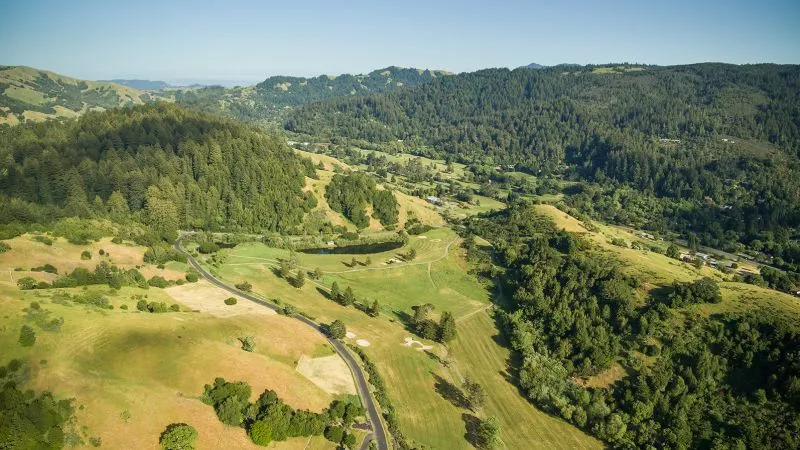Abandoned golf courses are being reclaimed by nature
Abandoned golf courses are being reclaimed by nature

Abandoned golf courses are being reclaimed by nature | CNN

Golf courses, despite occupying large green spaces, are not necessarily good for the environment. Land is often cleared to make way for a fairway and maintaining the pristine turf often requires a lot of water, regular mowing and the spraying of fertilizers and pesticides – none of which is good for biodiversity.
In the US, with the number of course closures outweighing new openings every year since 2006, some are questioning how we should use these huge spaces – and asking whether, instead of golf, nature should be left to run its course.
Conservation nonprofits and local authorities are looking to acquire golf courses that have been abandoned due to high maintenance costs, low player numbers or other reasons, and repurpose them into landscapes that boost biodiversity and build natural defenses against climate change.